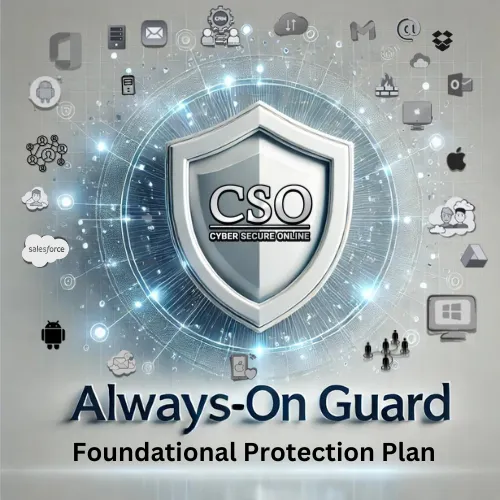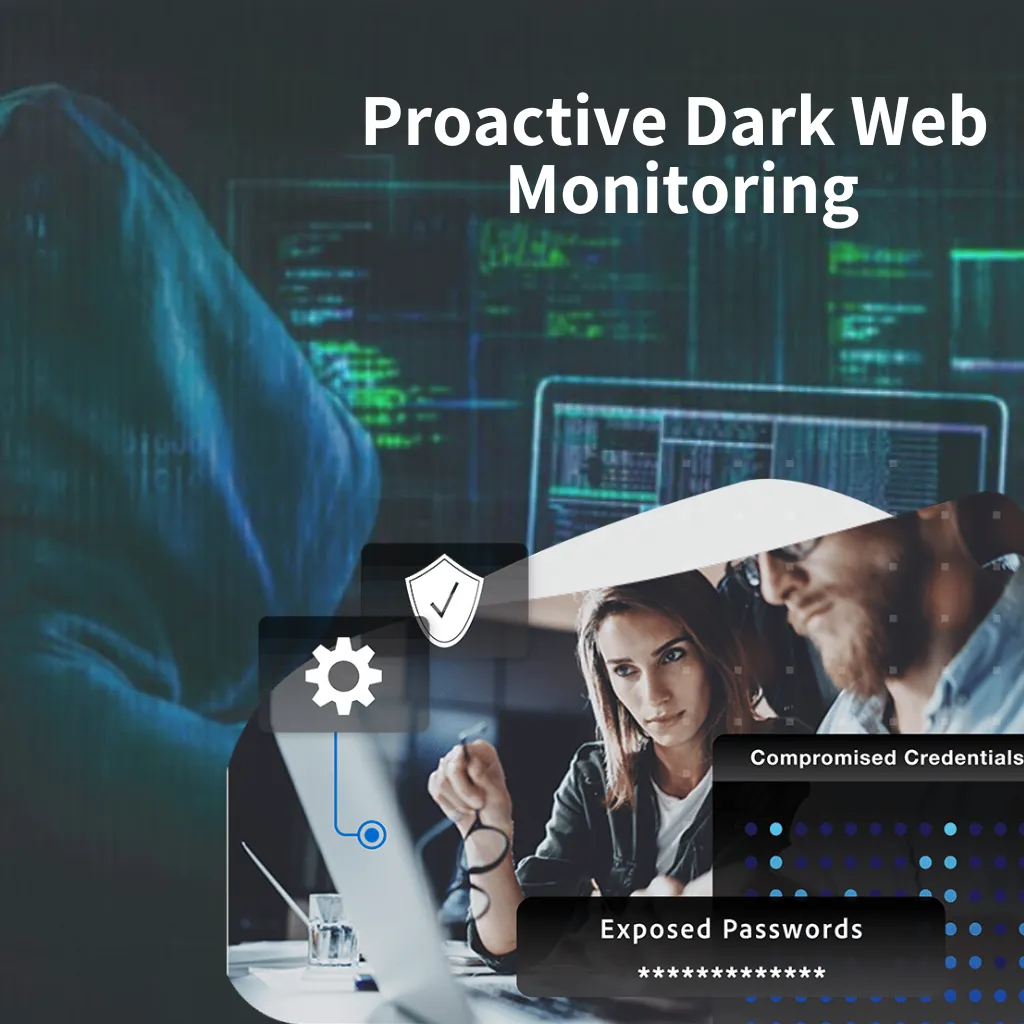1-888-988-5567
FACTS
ANSWERS TO YOUR MOST COMMON QUESTIONS
FAQs About Phishing, Malware, and Breaches
Navigating the complex landscape of digital threats requires a comprehensive and proactive approach to cybersecurity. This guide provides essential insights into understanding and mitigating risks associated with phishing, malware, and data breaches.
Phishing: Understanding the Threat Landscape
Phishing remains a critical attack vector that exploits human vulnerabilities to breach organizational defenses.
Key strategies include:
• Implementing advanced email filtering systems to detect sophisticated phishing attempts
• Developing comprehensive security awareness training programs
• Utilizing threat intelligence to stay ahead of emerging tactics
Malware: Comprehensive Protection Strategies
The malware landscape continues to evolve, with increasingly sophisticated threats targeting organizations of all sizes:
• Adopt a zero-trust security architecture
• Implement robust endpoint detection and response solutions
• Conduct regular penetration testing to identify vulnerabilities
• Maintain up-to-date patch management protocols
Data Breaches: Prevention and Response
Data breaches can have devastating financial and reputational consequences. Critical approaches include:
• Developing a comprehensive data governance framework
• Implementing strong encryption for data at rest and in transit
• Creating and regularly testing comprehensive incident response plans
• Establishing clear communication protocols for potential breach scenarios
Strategic Cybersecurity Investments
When evaluating cybersecurity approaches, focus on:
• Aligning security strategies with overall business objectives
• Utilizing risk-based assessment frameworks
• Implementing multi-layered security approaches
• Continuously evaluating and updating security technologies
Emerging Cybersecurity Trends
Stay informed about:
• Artificial intelligence and machine learning in threat detection
• Cloud security challenges and solutions
• Advanced encryption technologies
• Evolving regulatory compliance requirements
Building a Robust Security Culture
Effective cybersecurity extends beyond technology:
• Promote ongoing security awareness
• Encourage cross-departmental collaboration
• Develop clear security policies and guidelines
• Create a proactive approach to risk management
Key Takeaways
• Cybersecurity is an ongoing process, not a one-time solution
• Human awareness is as critical as technological defenses
• Continuous learning and adaptation are essential
• Proactive approaches prevent costly reactive measures
Can small businesses really be targeted?
Yes, small businesses are often targeted because attackers perceive them as easier targets with weaker security defenses. Phishing and malware campaigns frequently target small to medium-sized enterprises.
There has been over 430% increase in small businesses being attacked this year alone.
What tools or services can help prevent phishing, malware, and breaches?
Tools and services that can help include:
¤ Email filtering tools to detect and block phishing attempts
¤ Endpoint protection software for malware detection and prevention
¤ Security awareness training to educate employees about cyber threats
¤ 24/7 monitoring services to identify vulnerabilities and respond to incidents in real-time
Always-On Guard
Always-On Guard (AOG) is our comprehensive cybersecurity solution designed to protect small businesses from cyber threats. Always-On Guard provides comprehensive protection through a suite of essential features designed to safeguard your business from cyber threats: email security, WiFi phishing protection, cloud security, endpoint detection & response and user data governance.
Schedule a Cyber Security Threat Protection Call today
Fortifying Digital Frontiers: Your Bridge Over Cyber Breaches
Subscribe to Learn More
PRIVACY POLICY | © 2025 Cyber Secure Online LLC | All Rights Reserved








